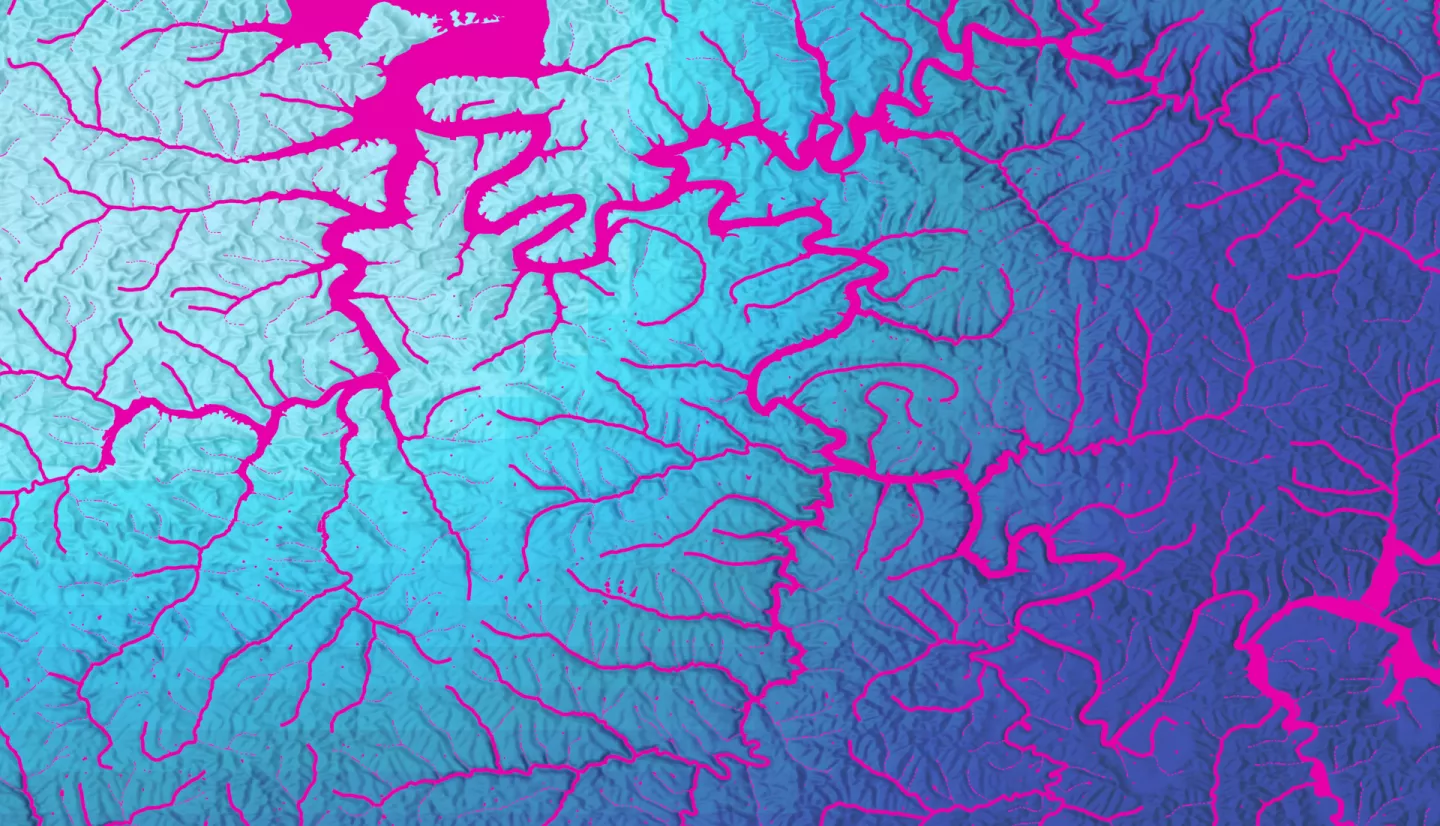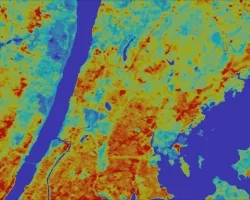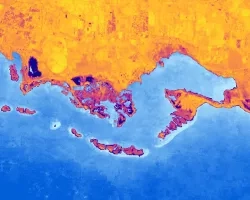Kentucky Disasters (2024 Spring)
Team: Daniel Feinberg (Project Lead), Claire Beezley, Jason Reynolds, Jaydi Swanson
Summary: Flooding is the most common and costly natural disaster in Kentucky, with major flood events in 2022 and 2023 highlighting the need for flood risk assessment. In partnership with the National Weather Service Jackson and Paducah Forecast Offices and the Kentucky Climate Center, we mapped flood risk in Kentucky using a multi-hazard approach that considered two dimensions of risk: flood susceptibility based on a weighted combination of seven physical factors and flood vulnerability based on 13 socioeconomic and infrastructure factors. We additionally analyzed NASA Soil Moisture Active Passive (SMAP) observations of surface soil moisture to explore the utility of SMAP observations for future analysis of flood risk. By analyzing flood susceptibility, we found that with equal rainfall, western Kentucky generally displays a higher propensity to flood than eastern Kentucky. In contrast, our flood vulnerability analysis indicated that more vulnerable areas were generally concentrated in the eastern part of the state. Through a combined perspective, our flood risk analysis identified much of the state as having moderate degrees of flood susceptibility and vulnerability. Our parallel analysis of antecedent soil moisture found that SMAP soil moisture levels were variable in the months leading up to each flood event but were drier than normal in the month prior to the 2023 event, as shown by negative soil moisture anomalies. These results were limited by challenges with weighting input parameters and a lack of validation but overall demonstrate the feasibility of using GIS and Earth observations for mapping flood risk and soil moisture.



